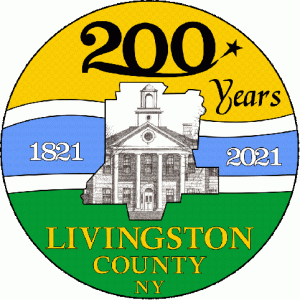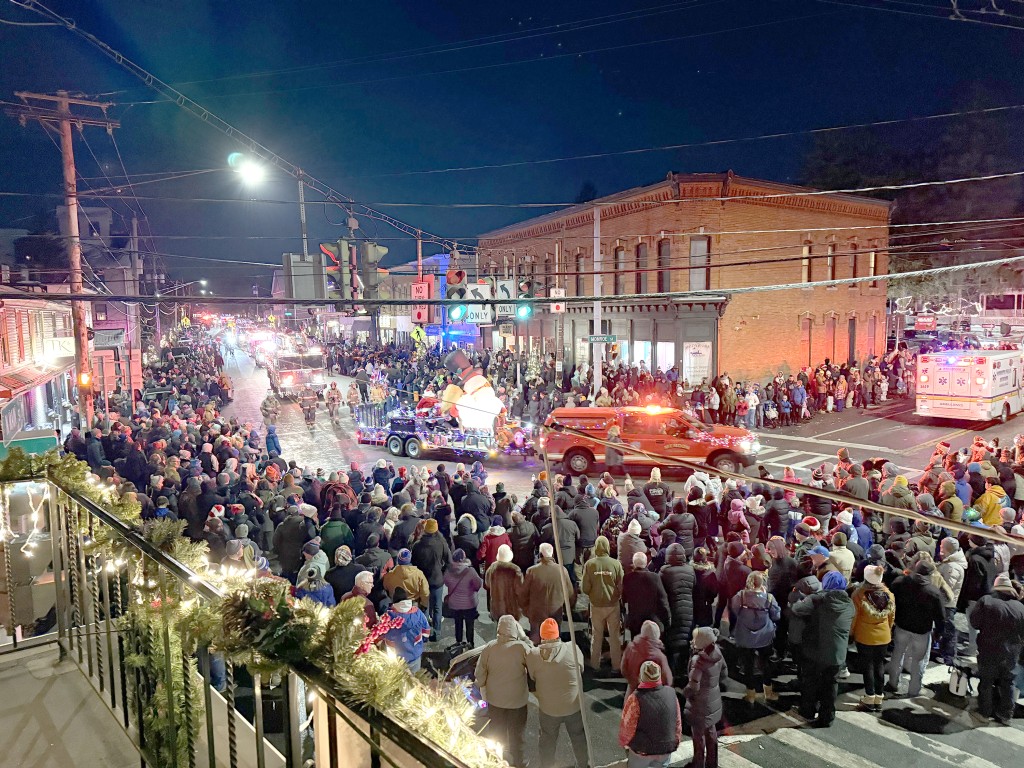BY JENNIFER CROWLEY
Earlier this month Governor Andrew Cuomo unveiled a proposed 2019-2020 budget that caught most New York municipalities off guard. As a measure of statewide budget reduction, Cuomo is seeking to eliminate a class of aid called AIM, Aid and Incentives for Municipalities. AIM has historically been a set amount of unrestricted funding that can be used as needed by a municipality.
Cuomo’s plan calls for a cut of $60 million AIM dollars across more than 1,300 of 1,465 towns and villages across the state. In terms of the 55 villages and towns located in Monroe and Livingston counties, only two (Hilton/Monroe and North Dansville/Livingston) retain their AIM under the proposed plan.
The plan’s cuts were determined by the level of AIM funding received in FY2017. Rather counterintuitively, any municipality that received less than two percent of its total budget from AIM in 2017 is earmarked to lose all AIM funding in the coming year.
Under the plan, the village of Scottsville is poised to lose just north of $12,000 in AIM; the town of Wheatland, nearly $20,000. Shortly after learning of the cut, the Village of Scottsville shared the news with residents via social media, stating that, “$12,000 may not sound like much in a large budget, but every penny counts. With budget talks starting soon, if that money does not come from AIM it will affect your tax rate.” The post ended with a request that concerned citizens call their elected officials to express concern over the impact of the cuts.
A cut of $12,000 – or $1,000 dollars a month – seems fairly insignificant, which is precisely the rationale behind the cuts. While forcing villages and towns to be more independent seems reasonable, to a small village like Scottsville already facing high budget pressures due to expenses associated with a new garbage truck and fire department equipment purchases, the reduction will be felt.
In other nearby towns and villages, the cuts are poised to be just as, or potentially more, problematic:
Village of Honeoye Falls: $12,972
Town of Rush: $14,883
Town of Mendon: $18,779
Village of Avon: $20, 159
Town of Avon: $38,854
The larger towns located on the westside of Rochester are facing much larger cuts in AIM: Chili ($184,009), Gates ($195,091), and Greece ($438,989). However it is Irondequoit which is facing the most significant loss, well over $500,000. Luckily these towns have significant commercial tax receipts and related opportunities to grow that base to compensate for AIM cuts. The Village of Scottsville, like other “homey” and more rural villages across the state, tend to lack these scalable earnings. Should the plan pass, these municipalities will need to get creative to make up for the loss, ideally finding new top line avenues.
For now the future of the cut is uncertain given fierce resistance to the plan from municipalities upstate and downstate alike. In trying to temper pushback to the plan, Cuomo’s office has been reminding municipalities that the state is now collecting internet sales tax from online and remote sellers. Not surprisingly, the rebuttal is being met with skepticism since it isn’t clear how projected tax revenue from sources such as Amazon would trickle down to towns and villages.
Cuomo’s announcement came just as Scottsville and other municipalities were embarking upon early budget work. While town and village boards are hopeful that the AIM cuts will be revisited and reversed by the Cuomo administration, budget planning must proceed without the AIM line item. In Scottsville, a series of budget meetings open to the public were recently announced. Remaining dates are Wednesday, February 6 – 6:00 PM; Wednesday, February 20 – 6:00 PM; Monday February 25 – 6:00 PM; Wednesday March 6 – 6:00 PM.
Soon the Village of Scottsville will also debate the merits of enacting a local law to enable the override of the two percent New York state “tax cap” for the 2019-2020 budget. This cap, a temporary measure that Cuomo is seeking to make permanent this year, is on the total tax levy (not rate) that a government or other body with taxing authority will collect from all its taxpayers in a year. The statewide law limits how much a levy can grow year-to-year to two percent or the rate of inflation, whichever is less.
The only way a municipality can exceed the two percent limit without potentially damaging consequences from the state comptroller’s office is for at least sixty percent of its governing body or board to vote in favor of a local law overriding the cap. Enacting this law does not mean that a municipality will or should exceed the tax cap, it just provides a safety net should the need arise to spend above the two percent cap. This item will be up for public hearing on February 12th at 7:15 PM during the Village of Scottsville’s monthly trustee meeting (open to residents).
For citizens that want to voice their opposition to the proposed AIM cuts facing local towns and villages, the best bet is to phone elected officials in the state assembly and senate. For Scottsville residents, Assemblywoman Marjorie Byrnes of the 133rd Assembly District (most of Livingston County and Pittsford, Wheatland, Rush and Mendon in Monroe County) can be reached at (585) 218-0038. Senator Patrick Gallivan, whose district covers the northern half of Livingston County and Henrietta and Wheatland in Monroe County, can be reached at (716) 656-8544.






